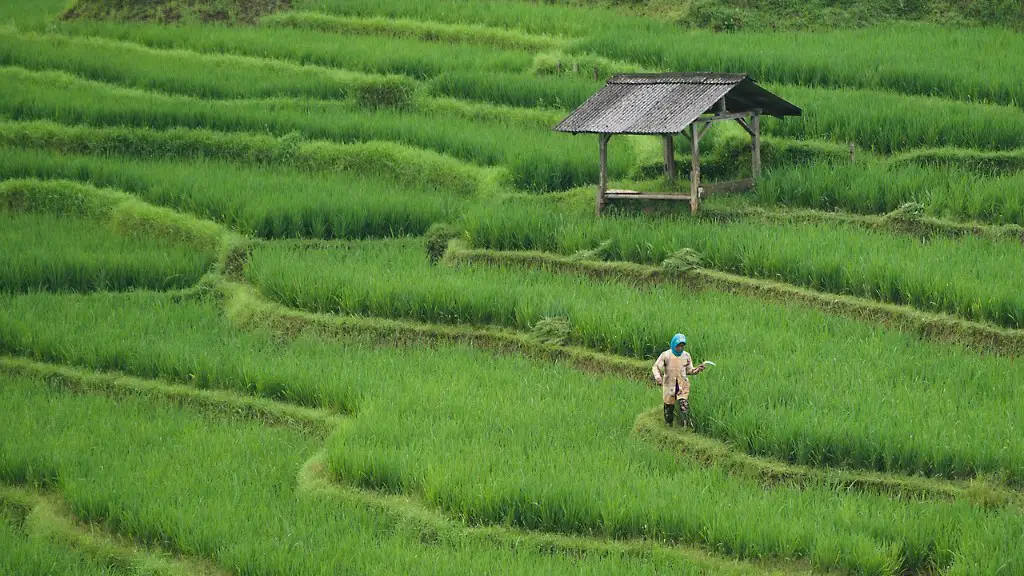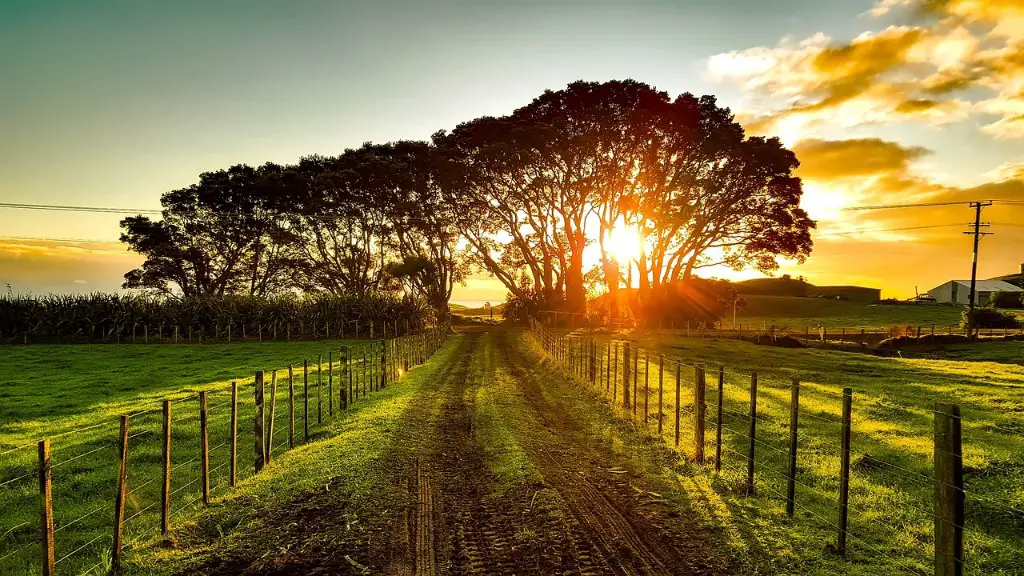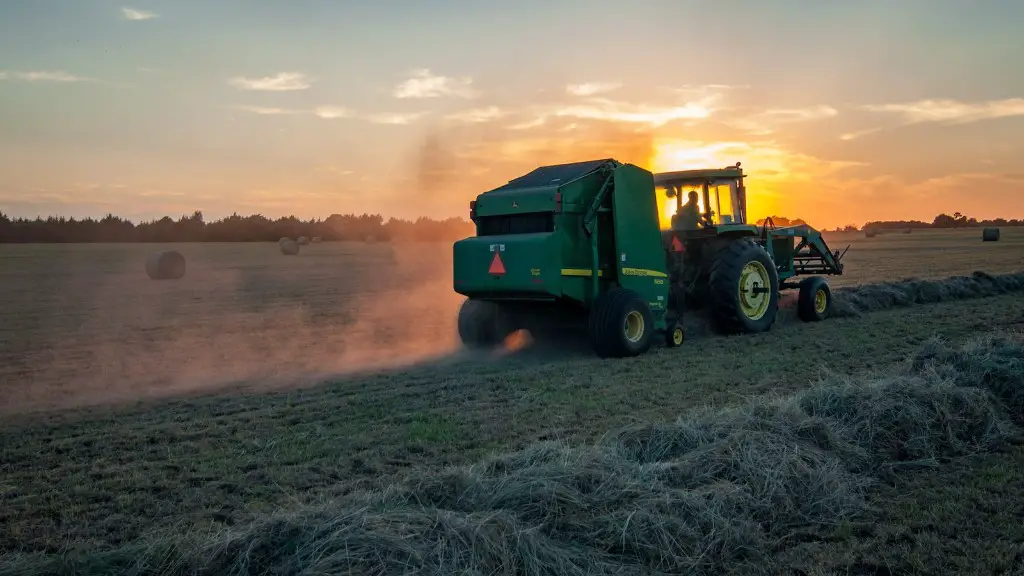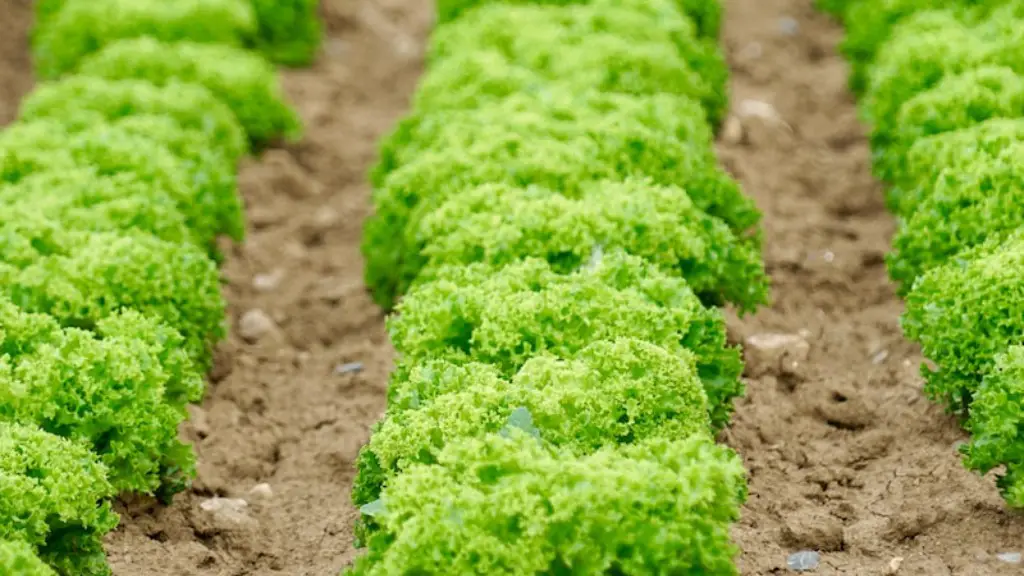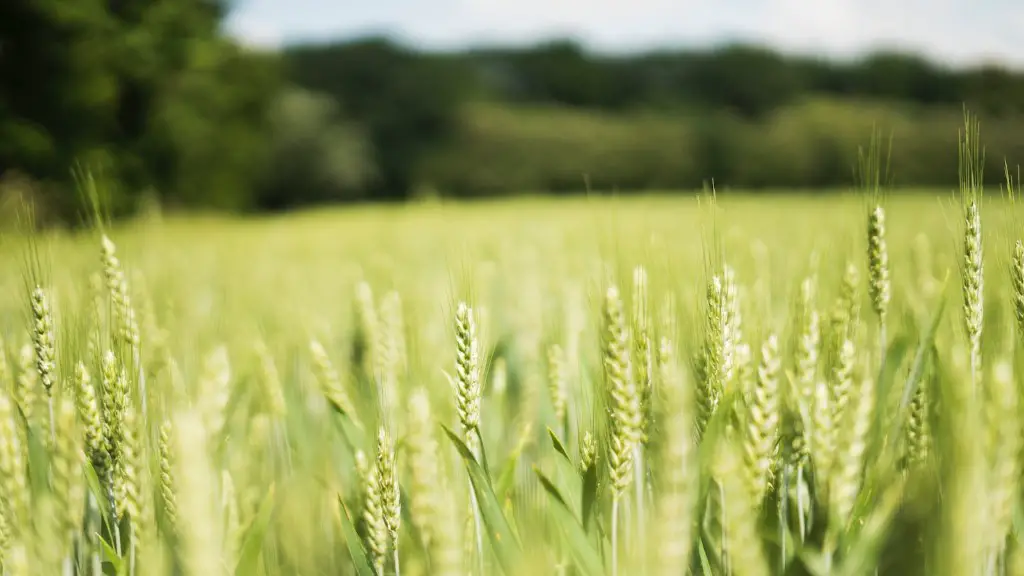Drones are leading the way in revolutionizing agriculture and providing ground breaking solutions to some of the long standing issues faced by farmers. As unmanned aerial vehicles (UAVs), they bring a whole range of opportunities to the agricultural industry, allowing farmers to survey their crops more efficiently, optimize their farms to improve output and save time. Furthermore, the utilization of drone technology brings in numerous cost savings, allowing farmers to produce higher yields with lower overhead costs.
One of the ways drones are revolutionizing agriculture is with precision farming. By leveraging the power of GPS and advanced sensors on drones, farmers can create accurate maps of their fields that can be used to identify problems such as soil erosion, crop disease and over-fertilization. This allows them to take corrective steps and prevent further damage. Furthermore, drones can be used to monitor changes in water levels, soil quality and nutrient levels, giving farmers the data they need to make better decisions about crop management.
Another key benefit of drones for agriculture is the ability to automate some of the labor-intensive activities. This includes tasks such as field mapping, crop spraying and irrigation, which can be done quickly and accurately. By using drones, farmers can devote more time to other tasks, such as crop rotation or market analysis. Furthermore, automation helps reduce the risk of human error, ensuring higher quality of agricultural output.
Drone technology also enables farmers to keep a closer eye on their fields with the help of remote sensing. By using high resolution images taken from drones, they can access more accurate data on their fields, enabling them to better monitor crop growth and take timely action if needed. Moreover, drones can also be used to craft farm management plans more effectively by providing more accurate information regarding crop health, yield, soil quality and more.
With the help of drone technology, farmers are also now able to access weather forecasts more easily. This information can help them optimize their crop planning and management by taking into account weather conditions in the form of rain patterns, temperatures and sunlight. In addition, farmers can use drones to collect information about the amount of pesticide and fertilizers needed for a crop, helping them ensure better ground cover and targeted use of inputs.
Monitoring Crop Growth and Disease
Using drone technology, farmers now have the ability to detect changes in crop health and condition more easily. This is done by taking short-range videos of crop fields which are then analyzed by AI and machine learning algorithms. By monitoring the plants on a regular basis, it can help detect early signs of disease, enabling farmers to take preventive measures. Furthermore, drone technology can also be used by farmers to assess the impact of drought, flood or other natural disasters, allowing them to take quick corrective steps if required.
The use of drones for crop inspection allows farmers to reduce the costs associated with human labor. With the help of automated processes, farmers can inspect their fields quickly and accurately, saving them time and money. This can help them use resources in a better and more efficient way, improving their businesses overall.
Scouting for Pests
Drones are now helping farmers to save time and money by quickly scouting for pests that can pose a threat to farmlands. This can be done with the help of sophisticated imaging technology and infrared sensors to detect changes in the pest population over time. This data allows farmers to identify potential threats to crops and act quickly to mitigate them. Furthermore, the use of drones also enables farmers to identify potential crop losses, allowing them to take steps to prevent those losses and maximize their yield.
Moreover, crop scouting with the help of drones can also detect weeds and other kinds of vegetation that can interfere with the farming process. This can help farmers ensure that their land is weed-free and optimized for higher yields. In addition, this information can be used to create pest and weed control plans which can be implemented with the help of drones for greater efficiency.
The use of drones for crop scouting also opens up the door for using precision farming for pesticide applications. By using data from crop sensors and drones, farmers can determine the exact quantity of pesticide and other chemicals that need to be used on a particular part of the field. This helps them to tailor the application of chemicals to their particular needs, leading to more efficient use of resources and fewer losses due to over-fertilization and pest damage.
Enhancing Crop Output
Drones are also helping farmers to improve their crop output in multiple ways. For instance, they can use drones to assess soil conditions in a field, enabling them to optimize their planting and cultivation processes. Furthermore, drone technology can be used to monitor water levels and distribution, helping farmers make sure that their crops are always receiving adequate amounts of water. This can help improve their crops’ yields and quality.
The use of drones for crop monitoring doesn’t stop at water and soil analysis. Drones can also be used to collect real-time information on the health and condition of crops, helping farmers identify problems early on. This data can then be used to take corrective measures, ensuring that the crop is healthier and produces higher yields. In addition, farmers can also use this data to make better decisions regarding fertilization, irrigation and other aspects of crop management.
Finally, drones can also be used to optimize harvest and storage processes. By using drones to monitor the ripeness stage of crops, as well as the quantity of harvested crop, farmers can ensure that they are harvesting in just the right amount. Furthermore, drones can also be used to direct the crop storage process and help monitor the condition of stored crops, preventing spoilage and losses.
Improving Agricultural Safety
Apart from improving productivity and efficiency, drones are now enabling farmers to improve safety on their farms. Using drones equipped with sensors and cameras, farmers are now able to patrol their fields remotely. This can help detect any potential problems such as fire hazards, spot wild animals and identify areas which require additional attention. As such, farmers can now ensure that their farms stay safe and secure at all times.
Drones are also helping farmers to improve safety for their workers. By using drones to inspect dangerous areas, farmers can reduce the risk of injuries to their personnel. In addition, the use of drones for surveying crops can also help reduce the need for workers to operate on-site, avoiding the risk of exposure to hazardous materials. This can go a long way in helping to ensure that the working environment is safe and secure for personnel.
Furthermore, farmers can now also use drones to provide real-time data on the weather. This can help them make better decisions with regards to operations on their farms. For instance, they can initiate precautions ahead of time if there is an impending storm, reducing the risk of damage to their properties. Additionally, farmers can also use real-time data to monitor for water and air pollution, ensuring that their farmlands remain clean and healthy.
Optimizing Business & Marketing Solutions
The use of drones can also help farmers optimize their businesses by providing access to a range of marketing solutions. By collecting and analyzing high resolution images and videos of their fields, they can create detailed marketing materials and attract potential buyers. Furthermore, drones can also be used to create 3D models of farms, enabling farmers to showcase their properties to potential investors in an interactive way.
In addition, drones can also help collect valuable data on crops, enabling farmers to market them more effectively. This data can include crop values, yields and other important metrics that can be used to attract potential buyers. Moreover, this data can also be used to create personalized promotions and tailored marketing campaigns, helping to ensure higher sales and profits.
Finally, the use of drones can also provide farmers with additional marketing platforms, such as social media. By using drones to create compelling visuals and videos, farmers can leverage platforms such as Instagram, Twitter and YouTube to showcase their farming practices and products. This can help them create a stronger presence in the market, attracting more buyers and increasing their revenues.
